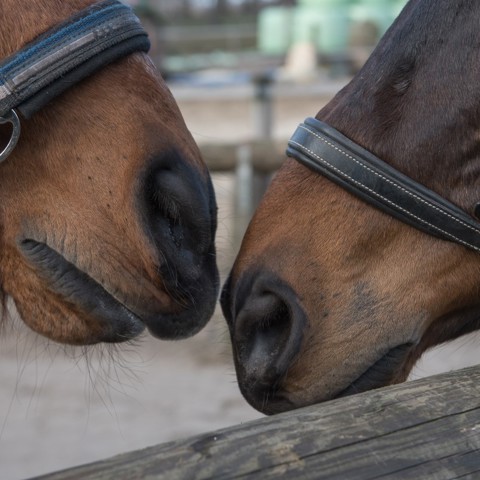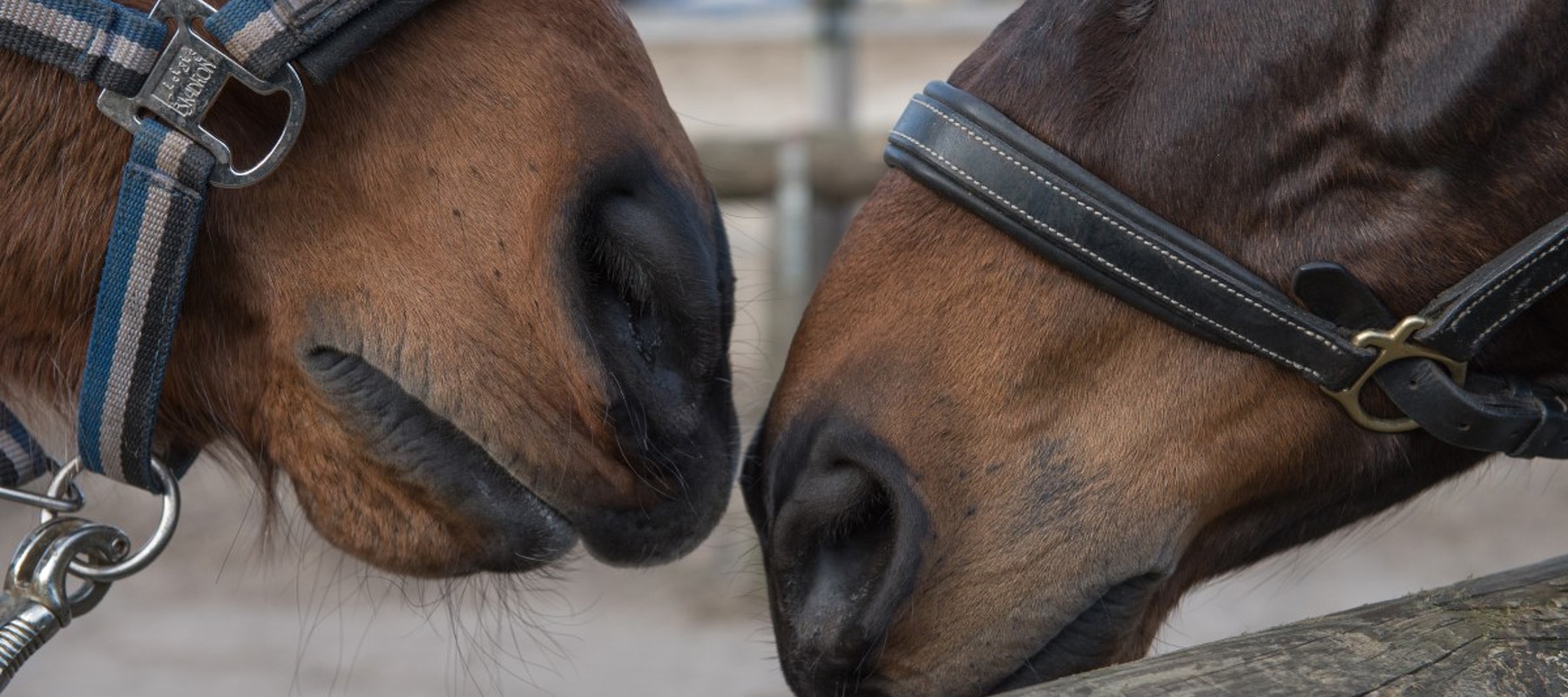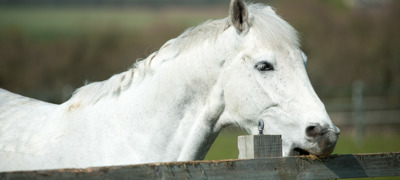What are horse whiskers?
Horses have special tactile sensory hairs, known as whiskers. The whiskers on a horse play an important role in their sensory awareness system. These amazing hairs have their own nerve and blood supply and help horses navigate their surroundings.
Whisker follicles are deeper and larger than other hair follicles, with a richer blood supply and a connection to far more nerves than regular hairs. This helps make whiskers incredibly sensitive to touch, even if it's something as subtle as air movements.
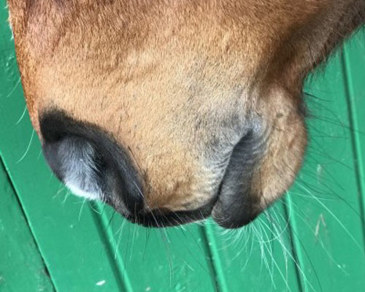
Location and purpose of whiskers
Sensory hairs are located around the mouth, nose, eyes and inner ears of horses. Whiskers provide sensory feedback to the horse on their surroundings. The length of the whiskers determines the safe distance from objects, compensating for the blind spots a horse has in front of their face and underneath their nose2. Many times, the only information a horse receives about what is happening in these areas is provided through their whiskers. They also allow the horse to understand unfamiliar characteristics of food or detect small inedible objects3.
Due to the whiskers having a good nerve supply, one study has even suggested that horses may be capable of picking up vibrational energy through their whiskers, which might help them detect sound frequencies, or feel the energy in an electric fence without touching it1.
The whiskers on the upper and lower eyelids provide an automatic blink response when they encounter something like a fly or contact with an object, which helps protect the eye.
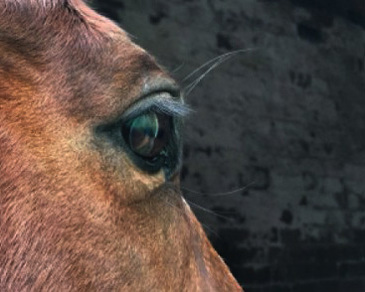
Inner ear hair
Hairs within the inner ear also play an important role in the horse’s sensory system by providing feedback from their environment and by protecting the delicate structures.
The outer ear hair (more fluffy hair) encloses the inner hair, acting as a protective barrier to the sensitive inner ear skin from bugs, sun and foreign objects.
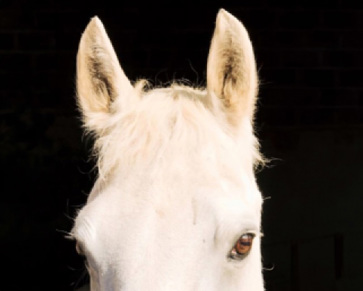
Trimming sensory hairs
Care should be taken not to excessively trim the outer ear hair to make sure there’s enough protection for the delicate inner ear structure. By gently holding the ear closed when trimming the outer hair, you’ll help reduce the risk of taking off too much.
For many years it’s been general practice to remove the horse’s sensory hairs for cosmetic purposes. Traditionally, horses that are shown competitively with untrimmed or unclipped whiskers might be considered by some to be poorly turned out.
In Germany and Belgium, the practice of whisker removal has been banned for many years, due to welfare concerns. Many governing bodies, across lots of disciplines in the UK, have now also banned the practice. The BHS agrees and advises that sensory hairs located around the mouth, nose, eyes and inner ears are an important sensory organ for the horse and should not be removed for cosmetic purposes.
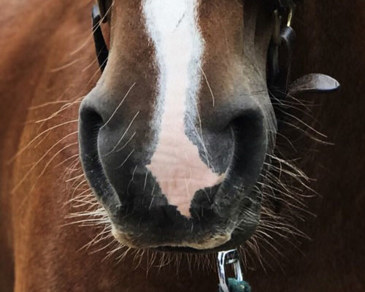
Impacts of whisker trimming on the horse
While many horses may tolerate the action of trimming, removing the whiskers will take away the constant supply of varying sensory information they deliver, which has the potential to cause:
- Confusion
- Stress
- Increased risk of injury
Therefore, it seems horses are certainly much better off with them than without them.
But don’t just take our word for it…
Chief Constable Rod Hansen, NPCC Lead for Mounted Policing
chevron-down
chevron-up
“We take every reasonable precaution to ensure that the best possible welfare and training programmes are in place for the horse’s physical and mental wellbeing - where possible we do not clip horses’ whiskers except where they may interfere with (or be interfered with resulting from) the fitting of protective equipment”.
Cathy Hyde, BHS Horse Care and Welfare Field Officer and a highly respected show judge
chevron-down
chevron-up
“I think it’s an excellent rule [FEI ruling to ban whisker trimming] and I hope it will filter down through the other disciplines and at the lower levels. It’s seen as tradition to shave everything off, but people should realise that as we learn more, we have to adapt to what is and isn’t acceptable”.
References
chevron-down
chevron-up
- McGreevy, P. (2012) Equine behaviour. A guide for veterinarians and equine scientists. Second Edition. Elsevier Health Sciences. pg 49.
- Emerson, L. et al.,(2016) Practice and attitudes of trimming equine vibrissae (sensory whiskers) in the UK and Germany. Journal of Veterinary Behaviour, (15) pg 92.
- Jenson, P. (2017) The Ethology of Domestic Animals, Third Edition. pg 182.

